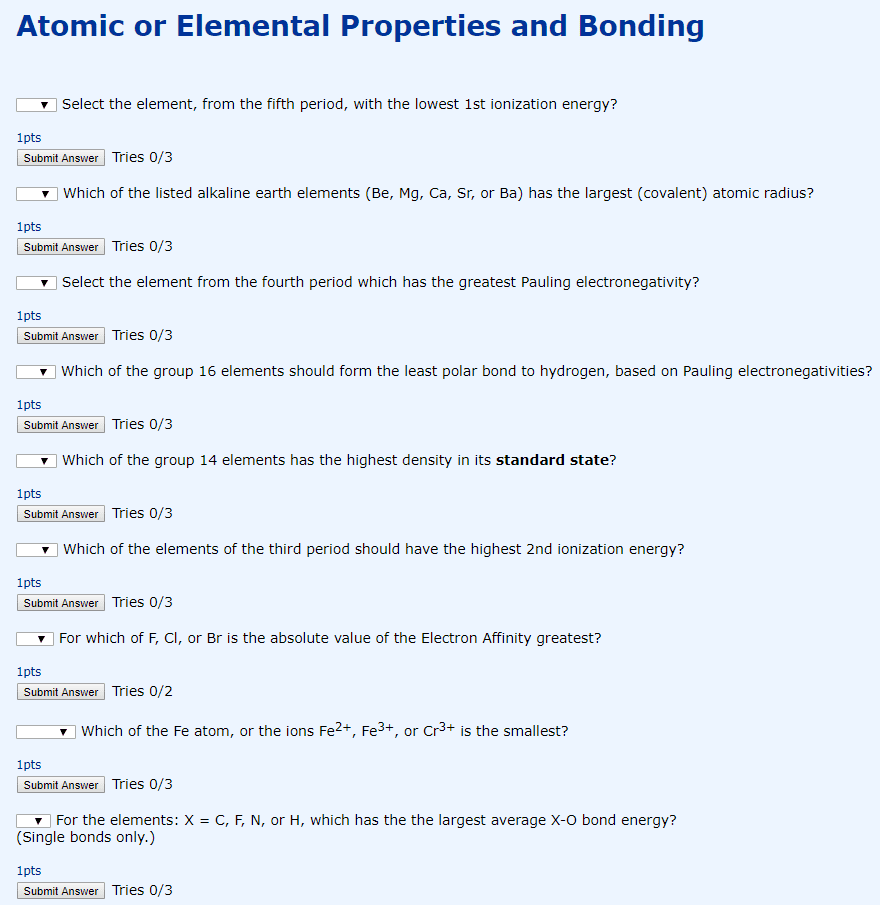CHMB31H3 Chapter Notes - Chapter 12: Gypsum, Ionic Radius, Seashell
Document Summary
Alkaline earth metals: calcium, strontium, barium and radium, but applied to all of group 2. In general, the salts of the group 2 elements are generally much less soluble in water than those of group 1 on account of the higher lattice enthalpies of structures containing doubly charged cations. The small size of be2+ and its consequent high charge density and polarizing power results in the compounds of be being largely covalent; the ion is a strong lewis acid. o. In the presence of excess oh- ions, be and al form [be(oh)4]^2- and. [al(oh)4]^2-; no equivalent chemistry is observed for mg: both elements form structures based on linked tetrahedral: be forms structures built from [beo4]^n- and [bex4]^n- tetrahedral (x = halide) and al forms numerous aluminates and aluminosilicates containing the. The solubility of the hydroxides increases down the group. Be2c(s) + 4 h2o(l) 2 be(oh)2(s) + ch4(g)


